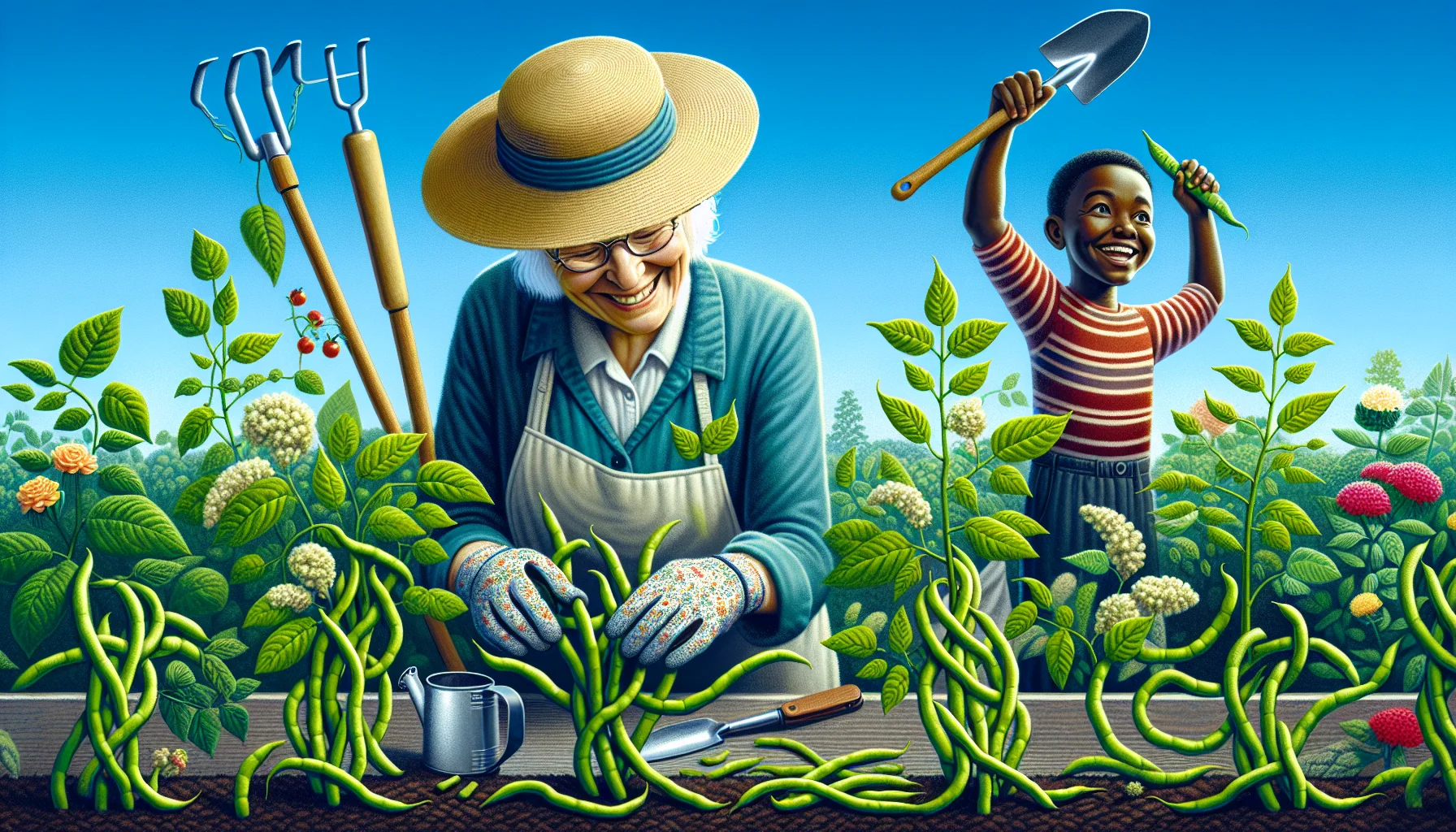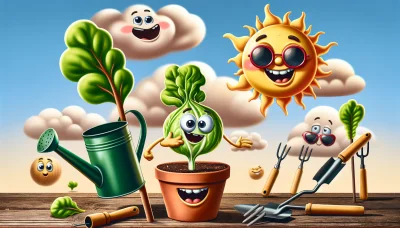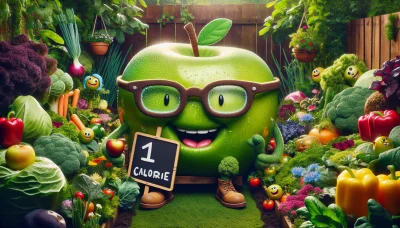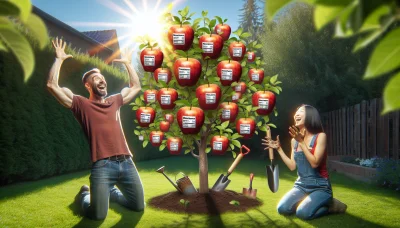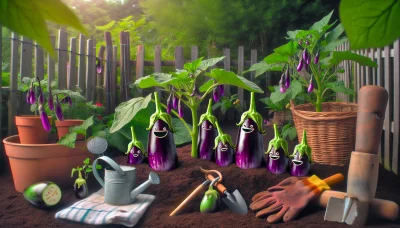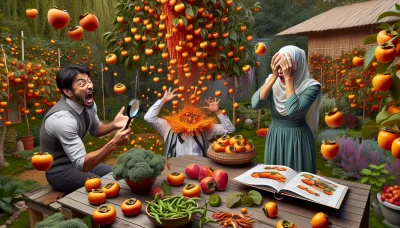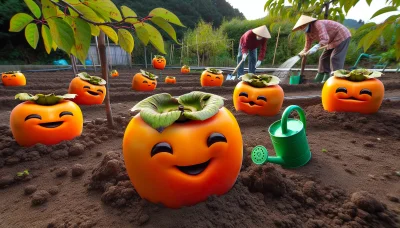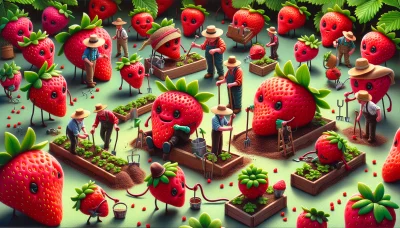Growing bush green beans Quiz
Test Your Knowledge
Question of
Introduction to Growing Bush Green Beans
Bush green beans, known for their compact growth and bountiful harvests, are a staple in vegetable gardens. Unlike their pole bean cousins, bush beans grow in a bushy form, making them ideal for gardeners with limited space. They require no staking or trellising, simplifying the growing process. One of the key benefits of growing bush green beans is their ability to produce a substantial crop within a short period, often ready to harvest all at once. This makes them perfect for those who wish to can, freeze, or simply enjoy a large yield at one time. Additionally, bush green beans are known for their role in crop rotation, helping to fix nitrogen in the soil, which can benefit subsequent plants grown in the same area. With their easy care and delicious, versatile pods, bush green beans are a rewarding choice for gardeners of all levels.
Choosing the Right Variety
When it comes to planting bush green beans, gardeners have a plethora of varieties to choose from, each with its own unique growth habits and adaptability to different climates. These compact plants are ideal for those with limited space or who prefer not to deal with the trellising required for pole beans. Among the popular varieties, 'Blue Lake' stands out for its ability to produce abundantly in a wide range of climates, offering a classic bean flavor and texture that's perfect for both fresh eating and canning. 'Contender' is another versatile choice, known for its heat tolerance and fast maturation, making it an excellent option for gardeners in warmer regions looking for a quick harvest. For those in cooler climates, 'Provider' can be a reliable selection, as it germinates well in cool soils and can produce a steady crop before the heat of summer sets in. Each variety has its own set of advantages, whether it's disease resistance, flavor profile, or adaptability to weather conditions, allowing gardeners to select the best type for their specific environment and taste preferences.
Planting and Soil Preparation
- Choose a sunny location with well-draining soil.
- Ensure the soil temperature is at least 60°F before planting, as bush green beans are sensitive to cold.
- Amend the soil with compost or well-rotted manure to improve fertility and structure.
- Use a rake to smooth the soil surface and remove any large clumps or rocks.
- Plant the bush green bean seeds directly in the ground, spacing them 2-4 inches apart in rows.
- Rows should be spaced 18-24 inches apart to allow for growth and air circulation.
- Plant the seeds 1 inch deep into the soil.
- Water the planted area gently but thoroughly to moisten the soil without washing away the seeds.
- Keep the soil consistently moist until the seeds germinate and continue regular watering throughout the growing season.
- Thin the seedlings if necessary, so they are 6 inches apart to ensure adequate space for growth.
Watering and Fertilizing Bush Green Beans
To ensure healthy growth of bush green beans, it's important to follow best practices for watering and fertilizing. For watering, maintain a consistent schedule, ensuring the soil is moist but not waterlogged. Ideally, water the plants early in the morning to reduce evaporation and prevent fungal diseases. Aim for about an inch of water per week, adjusting based on rainfall and temperature conditions. When it comes to fertilizing, apply a balanced fertilizer sparingly at the time of planting and then again when the beans begin to form. Too much fertilizer can promote leaf growth at the expense of pod production. Always follow the instructions on the fertilizer package to avoid over-fertilization, which can harm the plants.
Pest and Disease Management
- Aphids: Tiny pests that cluster on the undersides of leaves. You can manage them organically by spraying the plants with water to knock them off or by introducing beneficial insects like ladybugs that feed on aphids.
- Spider Mites: These tiny pests can cause the leaves to yellow and die. Increase humidity around the plants or use organic miticides to control their population.
- Bean Beetles: They chew holes in the leaves, weakening the plants. Handpick them off the plants or use floating row covers to prevent them from reaching the plants.
- Powdery Mildew: A fungal disease that coats leaves in a white, powdery film. Improve air circulation around the plants and apply organic fungicides like neem oil or sulfur-based sprays.
- Rust: Causes orange or rust-colored spots on leaves. Remove and destroy infected leaves and avoid overhead watering to minimize the spread of the fungus. Copper sprays can also be used as an organic treatment.
- Anthracnose: This fungal disease causes dark, sunken lesions on leaves, stems, and pods. Practice crop rotation and use resistant varieties to manage this disease organically.
Harvesting and Storing
To properly harvest bush green beans, wait until the beans are firm and have reached a considerable size, but before they become too large and tough. The best time for picking is in the morning when the temperature is cooler. Gently hold the stem with one hand and the bean with the other, carefully pulling to avoid damaging the plant. Regular harvesting encourages the plant to produce more beans. For storing, wash the beans in cold water and dry them thoroughly to remove any dirt. Trim the ends and place them in a plastic bag or airtight container. Store the beans in the refrigerator's crisper drawer to maintain freshness. Properly stored, bush green beans can last for about a week. For longer preservation, blanching and freezing is an effective method.
Benefits of Growing Bush Green Beans
| Type of Beans | Growth Difficulty | Yield | Space Requirements |
|---|---|---|---|
| Bush Green Beans | Easy | High | Low |
| Pole Beans | Moderate | Higher | Medium (Vertical Space) |
| Lima Beans | Hard | Variable | Medium |
| Runner Beans | Moderate | High | High (Vertical Space) |
